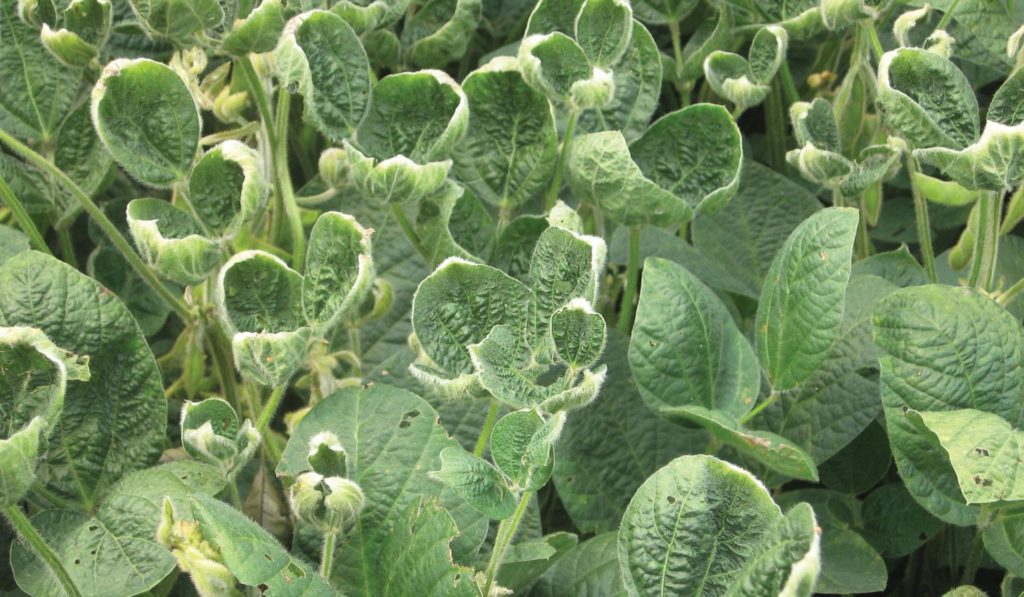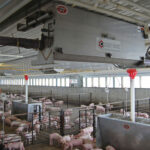Game Changer
Unfortunately, the 2016 crop season in the Midwest and Southeast is likely to be remembered for a long time as the summer of dicamba drift damage.

Game Changer
Unfortunately, the 2016 crop season in the Midwest and Southeast is likely to be remembered for a long time as the summer of dicamba drift damage.Unfortunately, the 2016 crop season in the Midwest and Southeast is likely to be remembered for a long time as the summer of dicamba drift damage.
Some fields of new dicamba-tolerant soybeans and cotton were seeded and then treated with older dicamba formulations not labeled for use on those new crops. That’s when growers learned the hard way that the herbicide often didn’t stay where it was sprayed.
“They were shocked by how far it went,” says Larry Steckel, Extension weed scientist with the University of Tennessee. He personally looked at 30,000 acres of mostly soybeans, some cotton, damaged by off-target movement of dicamba. He says there were likely close to 70,000 damaged acres in his state, some of which were hit two or three times with dicamba drift.
In Missouri, State Extension Weed Specialist Kevin Bradley was walking thousands of acres of crops damaged in June and July—estimated at 100,000 acres of soybeans plus many acres of specialty and orchard crops. He and Steckel talked every week about what they were learning about the causes and researching how to avoid them.
Now, it’s the mission of Steckel, Bradley and their peers in other states, along with the manufacturers of the new traits and companion chemicals, to educate anyone planning to apply the new auxin herbicides in 2017 of the new requirements for safe application.
“They are so different,” Bradley says of the new formulations. “Unlike anything we’ve had before. Farmers we’ve talked to are pretty surprised, even kind of shocked by what is required.” Steckel agrees:
“It’s just a game-changer.” How little of the chemical can damage a sensitive broadleaf crop “is not on their radar screen. Just a little dab will get you.”
As of mid-April 2017, the new products registered by the EPA for in-crop use for dicamba-tolerant soybeans and cotton (pending in-state approvals) were XtendiMax™ herbicide with VaporGrip™ Technology from Monsanto, Engenia™ herbicide from BASF and FeXapan™ herbicide plus VaporGrip Technology from DuPont. Be sure to check the company websites to determine if these products have been approved for use in a particular state. They are formulated to greatly reduce the volatility of dicamba. No other dicamba herbicides can be sprayed on crops with these traits.
The companies offer stewardship and application training on their websites, and both Steckel and Bradley urge applicators to get into training events, whether from the companies or state Extension specialists, and to continue checking the online label information before selecting and applying the products. Some states are requiring training and/or recertification before applicators can apply the new-formulation auxin herbicides (dicamba and 2,4-D).
For more information, including a step-by-step overview of best application practices and a video interview with University of Missouri’s Kevin Bradley, visit http://agcocropcare.com/gamechanger.
Written by: Marilyn Cummins



